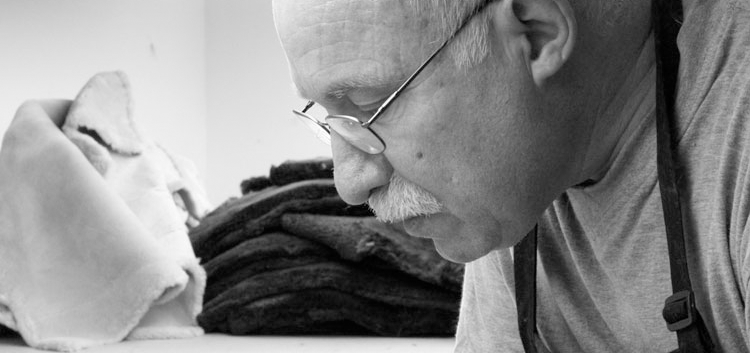
A look inside a fur atelier
MAKING OF A FUR PIECE
The design process begins with sketches, notes, patterns, and muslin models. Pelts must be matched for size, color and texture.Because furs are created by nature, no two pelts are exactly alike. The genius of master furriers is their special ability to match and assemble these furs to create a homogenous fabric-like material, while skillfully using the natural character of the skins to enhance the design of each garment.
One of the most important and unique aspects of fur design is the process of letting out, which involves a steady and precise hand to cut fur into tiny diagonal strips that are re-sewn to make the pelt longer, narrower, and more supple. Like a delicate jigsaw puzzle, this process requires patience, a skilled hand and an artist’s eye.
The pelts are then trimmed and blocked: cut, moistened and stretched to fit the pattern, and “nailed” to the blocking board to dry in the proper shape. When dry, the pieces are sewn together, closed and finished, sometimes with the addition of other luxury details, such as printed silk linings or Swarovski crystals, the culmination of as much as100 hours of meticulous craftsmanship.
Each garment is individually cut and sewn, by hand, in small workshops, with the special attention to detail one gives to a unique piece of art.
In an age of mass-produced and disposable fashion, fur garments are a long-lasting investment: they can be restyled, resold as vintage-wear or passed down to the next generation. Fur apparel is painstakingly crafted, handmade, natural and truly unique.






